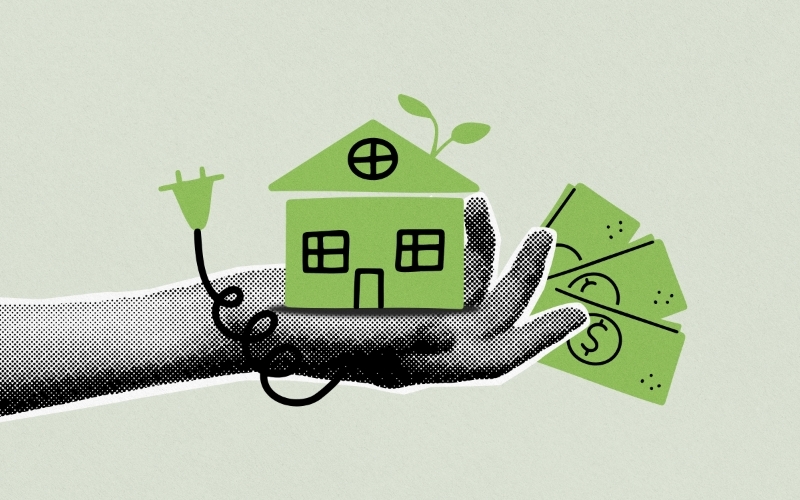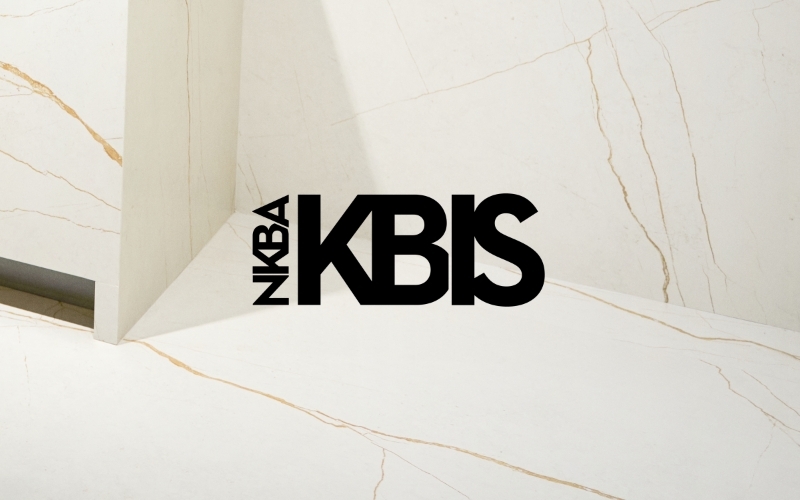Industry Trends
Marketing Insights
Quick, name the housing trend that has two national conferences, loads of press coverage in USA Today, CNN, ABC News and Fortune, innumerable blogs and websites and three (three!) reality programs.
Yep, it’s the Tiny House movement. This so-designated trend is driven by Americans – the same people who brought you the McMansion – who are now interested in hyper-downsized homes in the neighborhood of 100 to 400 square feet. Like the Cronut, the tiny home “trend” is reportedly sweeping the country.
Just don’t try to find anybody who lives in one.
While media outlets like USA Today (“Tiny houses are hot, as more and more people are experimenting with minimalist lifestyles...”) report that the “movement is growing 50% a year,” the actual Tiny House numbers are tiny in the extreme (thetinylife.com):
- 2013: 2,600 tiny house residents
- 2014: 3,000 – 4,000 tiny house residents
In contrast, the US Census reports a total of 100 million homes, meaning only .0004 percent are Tiny Ones.
But so what? Tiny houses are fascinating, and so are the people building them. Ranging from Yurts outside of Asheville to the tiny-houses-on-wheels popping up in Boulder (the wheels help avoid violating building codes; more on that later), these small-scale residences demonstrate extraordinary design ingenuity along with the uniquely American love of self-sufficiency.


Designed by Christian Pottgiesser, this dwelling shows how the architect has taken full advantage of both horizontal and vertical spaces. Indented walls can be used as reading nooks or as a narrow staircase to the upper floor. The thicker walls contain hidden chairs that can be pulled out to accommodate more people.

The "Writer's Block" cabin designed by Cheng+Snyder features storage for a canoe under its bed and workbench space. Located in Westport, Maine on the banks of the Sheepscot River, the 190-square foot hideaway features windows arranged to maximize views and allow for passive heating and cooling.

This 336-square foot original weeHouse from Alchemy Architects was built in 2003 to house a family off the grid on the Minnesota prairie near Lake Pepin. With floor-to-ceiling windows on both sides, the modern micro home is flooded with light. The interior is completely wrapped in Douglas-fir and features built-in cabinetry and kitchen elements from Ikea.

This transformative, 224-square foot tiny house in Northern California designed by Josh and Shelley has inviting spaces for entertaining friends.

Lighting and large windows create a sense of space.

Combining kitchen and dining areas is common in tiny homes.
These examples display clever charm and creativity. Most were designed and built by the owners or assembled from “kits” like those from Nomad Micro Homes. These house-in-a-box products are shipped flat, with some requiring nothing more than a drill to assemble a complete home.
The Tiny Home Mindset
The challenges of tiny home living, beyond claustrophobia, are easy to imagine. A formidable one is the prevalence of building permits and zoning requirements for primary residences that call for minimum dwelling sizes much greater than tiny houses entail. This is one reason why many tiny homes are mounted on wheeled trailer frames, even if they’re intended to be stationary.
These wheeled homes have the added attraction of contributing to the owner’s sense of independence. “If you don’t like the view, just change it,” says one.
This sense of self-determination is just one of the underlying mindsets that feed the trend-worthiness of the tiny home movement. The desire to build and actually live in a tiny home may be atypical in the extreme, but the outlier mindset resonates with many – and that’s why the trend should be interesting to the rest of us.
A primary attraction is the desire to be freed from financial burdens that engulf conventional homeowners. Maintenance, upkeep, taxes, bills, furnishings and (mostly) debt.
Newly built single-family homes in the United States are getting bigger, costlier to build and more expensive to own, according to the National Association of Home Builders. With that, over the life of a 30-year mortgage, a $290,000 home will have cost its owner just over $1,000,000, which makes a self-built $23,000 tiny home seem a lot more attractive.
Visitors to tiny home conferences wait in long lines, voyeuristically imagining a different life. The most commonly asked question is, “Could I live like that?” And the phrase “debt-free lifestyle” is, like a mantra, said frequently and with dream-like yearning.
Tiny homes offer the escapist fantasy of having less: less square footage, less responsibility and less stuff. Two decades of destabilizing economic swings play a part. Some of the phenomenon is a natural pendulum swing in contrast to the acquisition of enormous, $25,000, industrial-grade appliances that are rarely used. But there may be something deeper to which marketers can, and should, pay attention.
Why Marketers Should Pay Attention
Several forward-looking major companies are sensing the shift. One of them is GE, developing a new line of kitchens for urban micro units created in the company’s innovative FirstBuild studio. From a faucet that retracts into the wall to allow the sink to become a chopping block to the timer on the dishwasher projected on the counter, the GE Micro Kitchen is fully focused on consumers equating smallness with freedom.
This touches on an emerging desire to simplify and recast consumption in both presentation and practice – call it inconspicous consumption. The nature of wealth is redefined to include both quality of one’s possessions but also, more evidently, the quality of shared experiences, especially with family.
As a business opportunity, tiny homes probably won’t move the needle too much. But they’re getting a lot of attention from consumers who, while they would never live there, crave the freedom they imagine if they could. As for the mindset driving those feelings? That does matter.
For more insights into home trends and what they mean for marketers, feel free to email me.
Sources: Humble Homes, CNN, LotNetwork.com, The Telegraph, Public CEO, Shareable, Tech Insider, Before It’s News, Bigger Pockets, SF Gate, Housing Wire, USA Today, ABC News, Home Improvement Tips and Advices, ViralNova, TheTinyLife, 9News, ConstructionDive, Fortune


